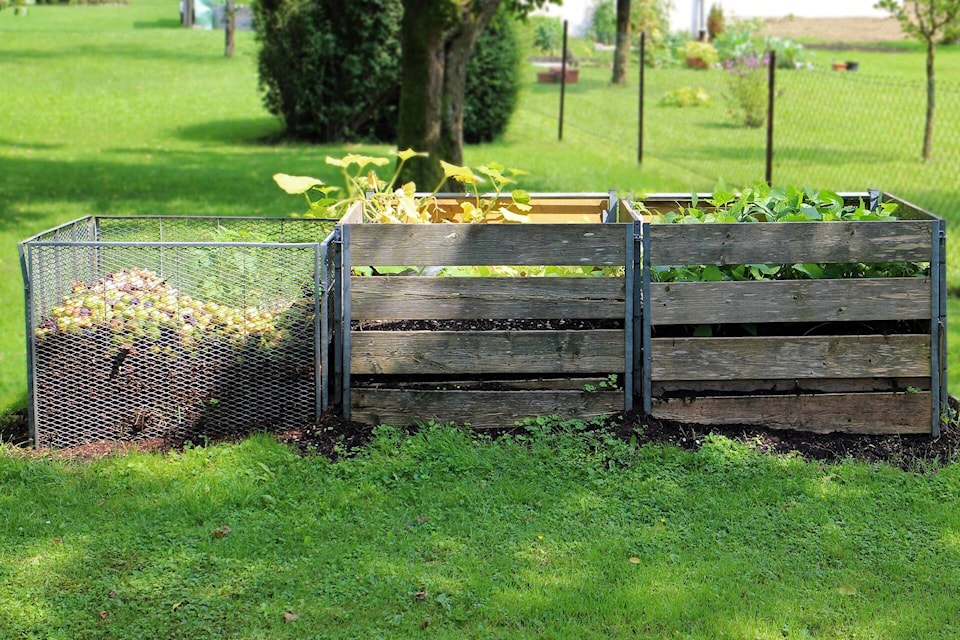By Bonnie White, member of Creston Climate Action
Imagine this… you are heading outside on a beautiful spring morning with a cup of coffee to check out the garden and anticipating that beautiful smell of everything coming to life again. The birds are singing, the morning light is hitting the water droplets from last night’s rain shower and as you settle into your patio chair, you are suddenly hit with the obnoxious smell of burning yard waste! I don’t know about you, but this happens to me a lot and it sure does detract from that feeling of a lovely spring morning.
But burning yard waste doesn’t just cause an unpleasant smell; it is also not the best thing to be doing for the health of our planet or ourselves. Burning releases carbon monoxide, dioxins, nitrogen oxide, ozone forming chemicals, and other particulates into the air. This increases negative emissions in the atmosphere and lowers our air quality. With an increased risk of wildfires and smoke due to climate change, the last thing we need is more burning. Smoke particulates in the air increase our chances of respiratory infection for children and adults with asthma, and certain types of cancers, as well as depriving us of oxygen. Plus, we are missing the opportunity to compost our yard waste into soil to help produce healthy plants and food!
Composting - be it in the form of a pile, a sealed bin, page wire sections, worm bins, or a tumbling composter - are great ways to use up waste and make a product to use in the garden for free! It’s also another opportunity for some free exercise… who needs the gym? There are options that work for every type of property, whether an acreage or apartment balcony. Chickens are great compost helpers too. Or you could even collect your waste to give to a friend who composts or has chickens. I’m always looking for bags of leaves to add to my compost, the more the better! I also collect organic waste from my workplace and bring it home to add to my pile. How about starting a collection at your workplace?
Another method to try is called “Hugelkultur”. This translates from German as “mound bed” or “mound culture”. The idea is to construct a raised mounded planting area with woody debris on the bottom and top up with layers of compost and other decaying organic materials, then add a layer of soil on top. The bed is then planted and the lower layers slowly decay. You keep topping up every year as you go along. This ancient permaculture method improves soil fertility and water retention and a raised planting area warms up faster in the spring so you can get planting sooner. It is a method based on how Mother Nature deals with waste, and she seems to have everything figured out already. We just need to look to those practices to stay in balance with our planet.
So this spring and fall please think of your neighbours, children, and the earth and choose a different method for dealing with yard waste. Additionally, the landfill accepts free yard waste twice per year in the spring and fall and the Town of Creston now has a compost pick up as part of its regular disposal services. Let’s all make more effort to do the right thing!
Email the Creston Climate Action Society at CrestonClimateActionSociety@gmail.com or like our page on Facebook to learn more!
READ MORE: E-Tips: Regenerative Agriculture
